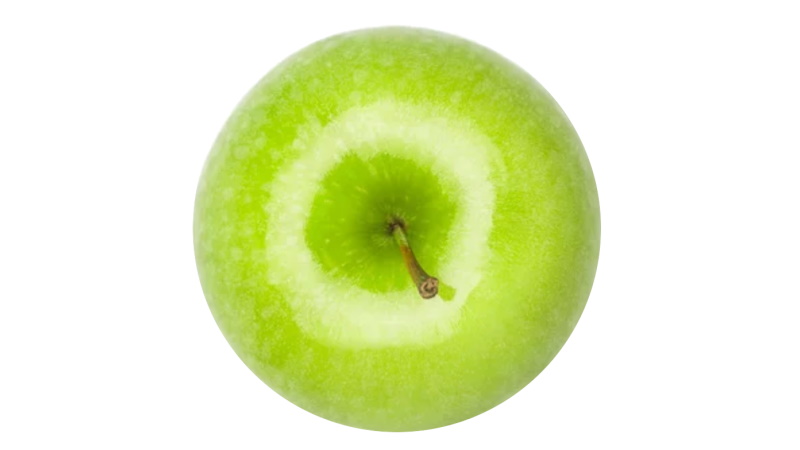United Front For Control

The most popular acronym floating around the citrus world these days is CHMAs, otherwise know as citrus health management areas. In fact, the No. 1 recommendation from the National Academy of Sciences to the industry was that growers should cooperate on an areawide basis to control the citrus psyllid. This is exactly what CHMAs are designed to do.
Dr. Michael Rogers, UF/IFAS, has been helping coordinate growers and says early data shows the increased effectiveness of controlling the psyllid in large blocks rather than individual growers acting alone. He presented these findings during the Florida Citrus Show in Ft. Pierce.
Easy To Kill, Hard To Control
Cooperation Key
Getting CHMAs Started
Comparing Notes
Grove-By-Grove Approach
- Targets only portion of pest population
- Refugia left for immigrants, requiring reapplication of insecticides
- Target pests with limited mobility
- Low-value crop with medium-to-high pest tolerance
- Reactive approach to pest presence
- Complicates pesticide resistance management
Areawide Approach
– Targets entire population
– No refugia, requiring less insecticide use
– Target pests with high mobility
– High-value crop with low pest tolerance (i.e. vector/greening)
– Proactive approach to pest presence
– Facilitates pesticide resistance management
Special thanks to KeyPlex for sponsoring Florida Citrus Show Extended Content Coverage.










